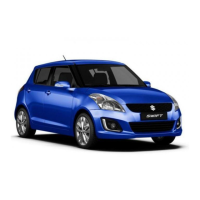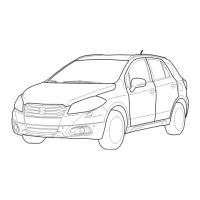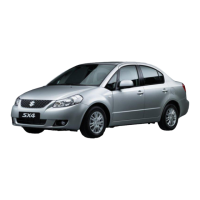1B-3 Aux. Emission Control Devices:
Vacuum Passage Inspection
S7RS0B1206003
Start engine and run it at idle speed. Disconnect vacuum
hose (1) from EVAP canister purge valve (2). With finger
placed against disconnected hose, check that vacuum is
applied.
If it is not applied, clean vacuum passage by blowing
compressed air.
Vacuum Hose and Purge Valve Chamber
Inspection
S7RS0B1206004
Check hoses and purge valve chamber for connection,
leakage, clog and deterioration.
Replace as necessary.
EVAP Canister Purge Valve Inspection
S7RS0B1206005
WARNING
!
Do not apply vacuum by mouth; otherwise
harmful fuel vapor can be breathed in.
CAUTION
!
Do not apply vacuum more than –86 kPa (–
12.47 psi); otherwise EVAP canister purge
valve could be damaged.
1) With ignition switch turned OFF, disconnect coupler
and vacuum hoses from canister purge valve.
2) Remove EVAP canister purge valve from air cleaner
assembly.
3) Check resistance between two terminals of EVAP
canister purge valve.
If resistance is not as specified, replace EVAP
canister purge valve.
EVAP canister purge valve resistance
30 – 34 Ω at 20 °C (68 °F)
4) With coupler disconnected, apply vacuum (–60 kPa
(–8.7 psi)) to pipe (1). If vacuum can be applied, go
to next step. If vacuum can not be applied, replace
EVAP canister purge valve.
5) In this state, connect 12 V-battery to EVAP canister
purge valve terminals. If vacuum can not be applied,
EVAP canister purge valve is in good condition.
If applied, replace EVAP canister purge valve.
WARNING
!
Do not suck the air through valve. Fuel vapor
inside valve is harmful.
Special tool
(A): 09917–47011
6) Install EVAP canister purge valve to air cleaner
assembly.
I3RM0A120006-01
I3RM0A120008-01
1
1
(A)
(A)
I3RB0A120007-01
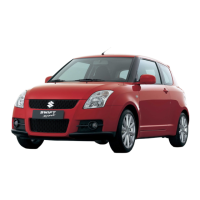
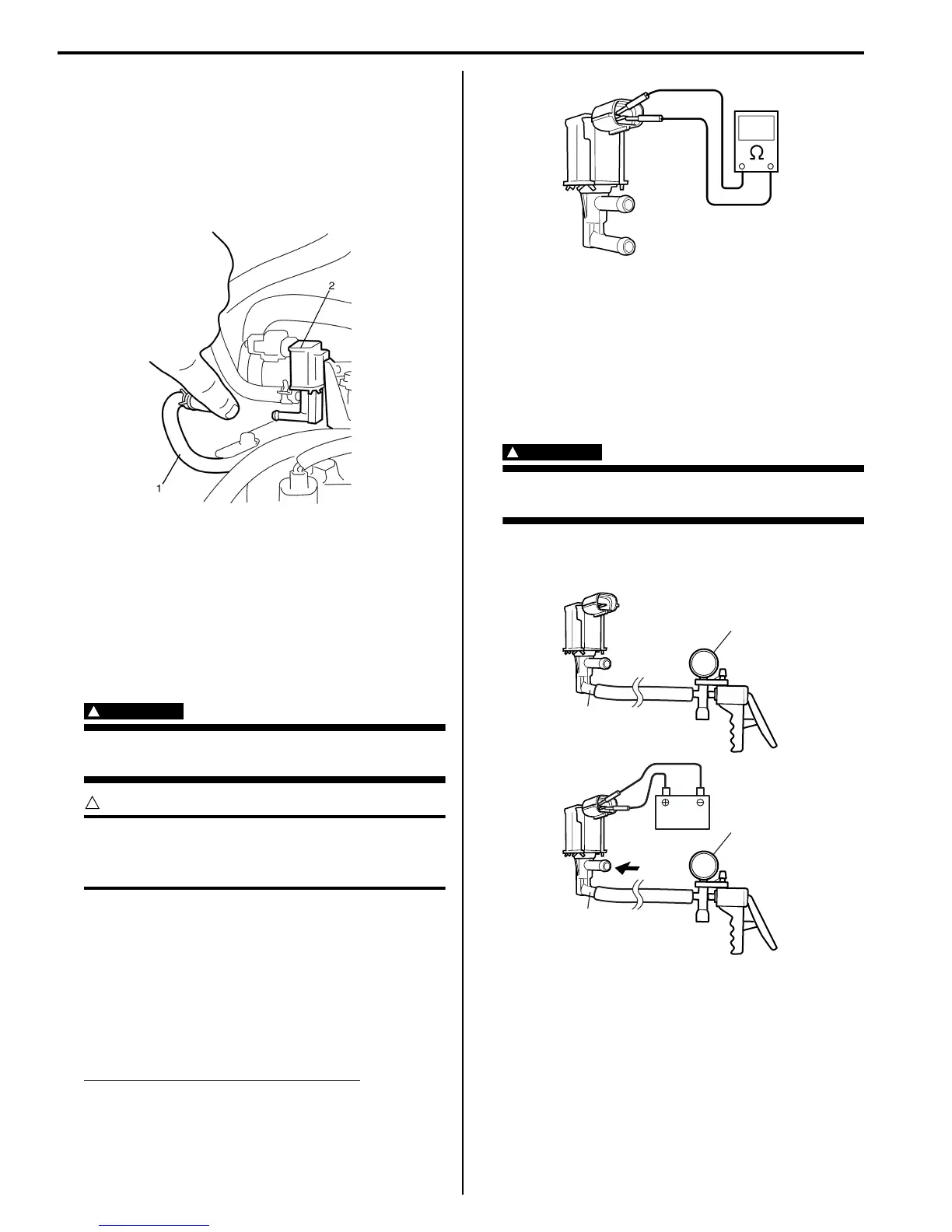